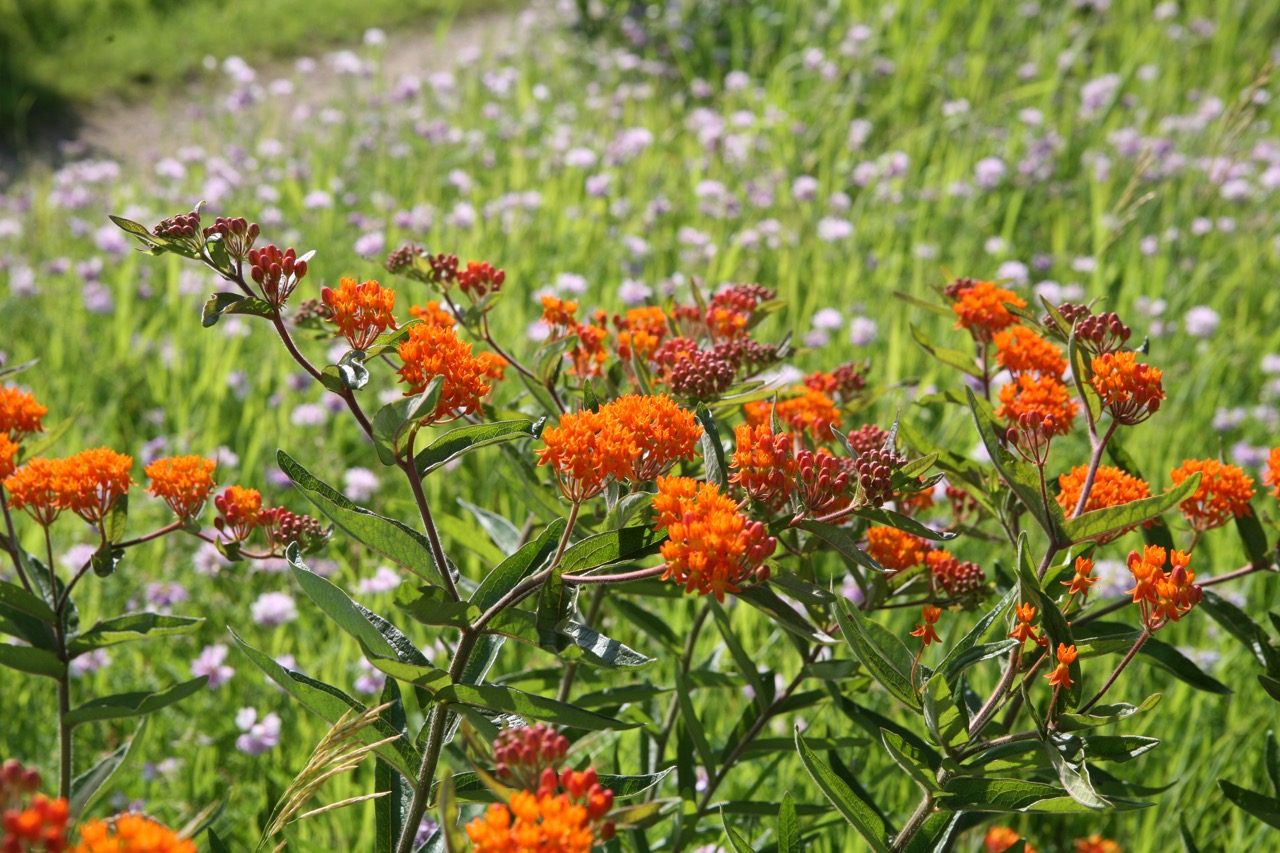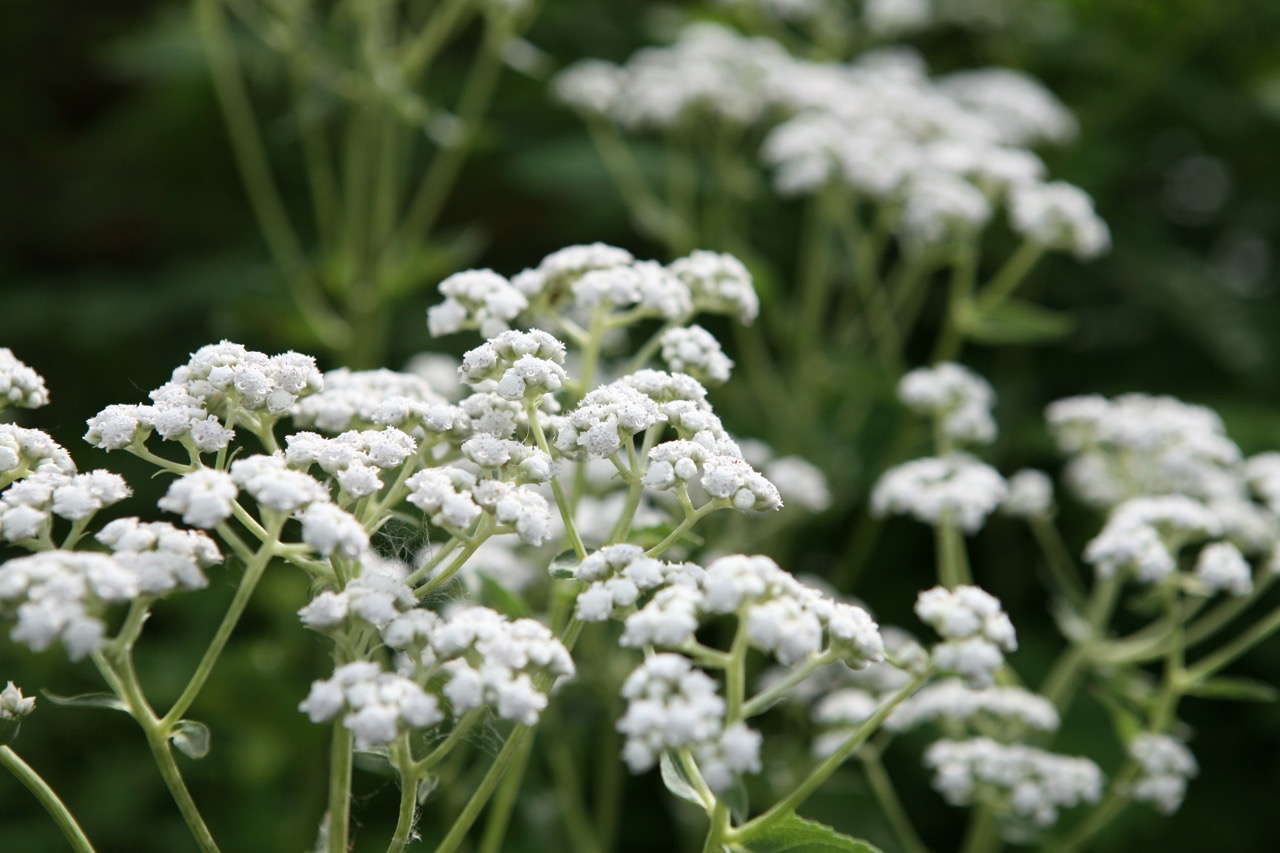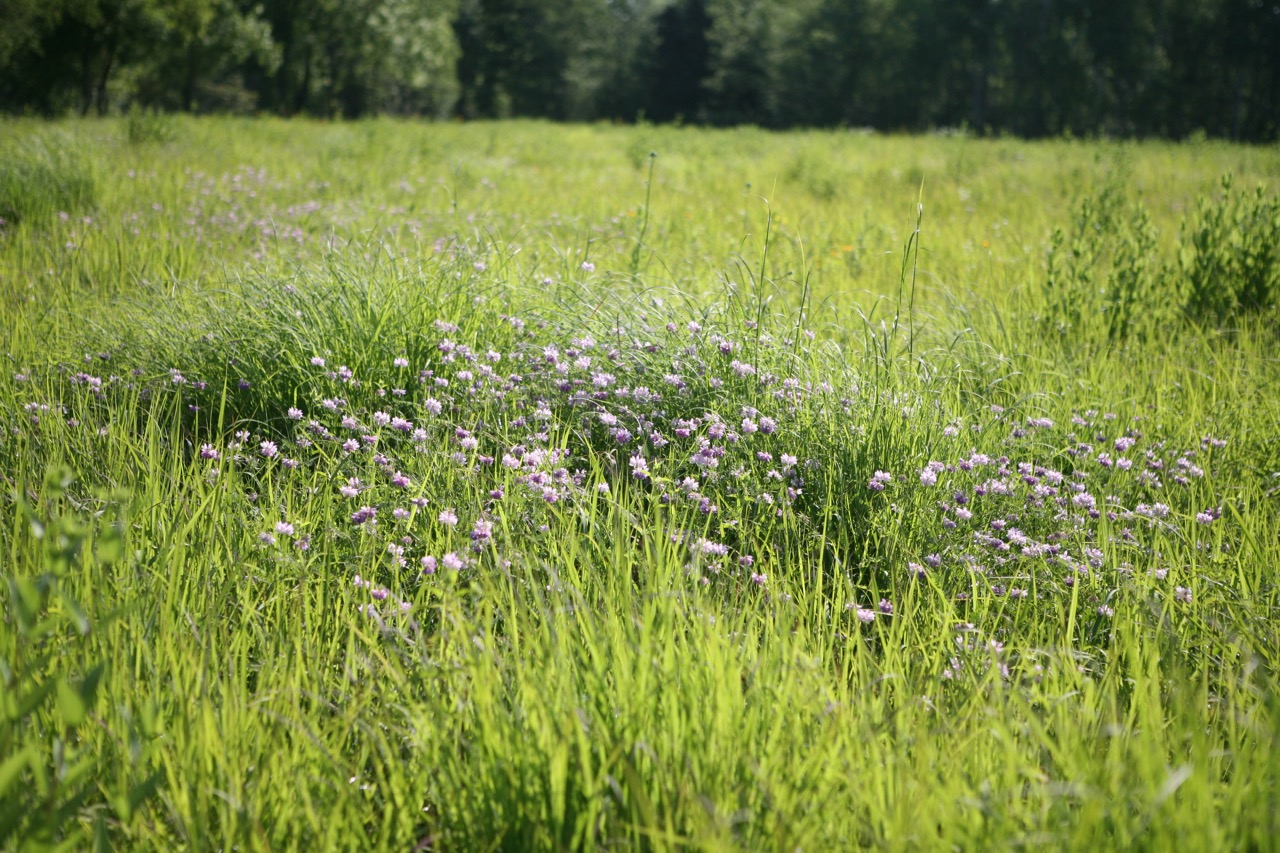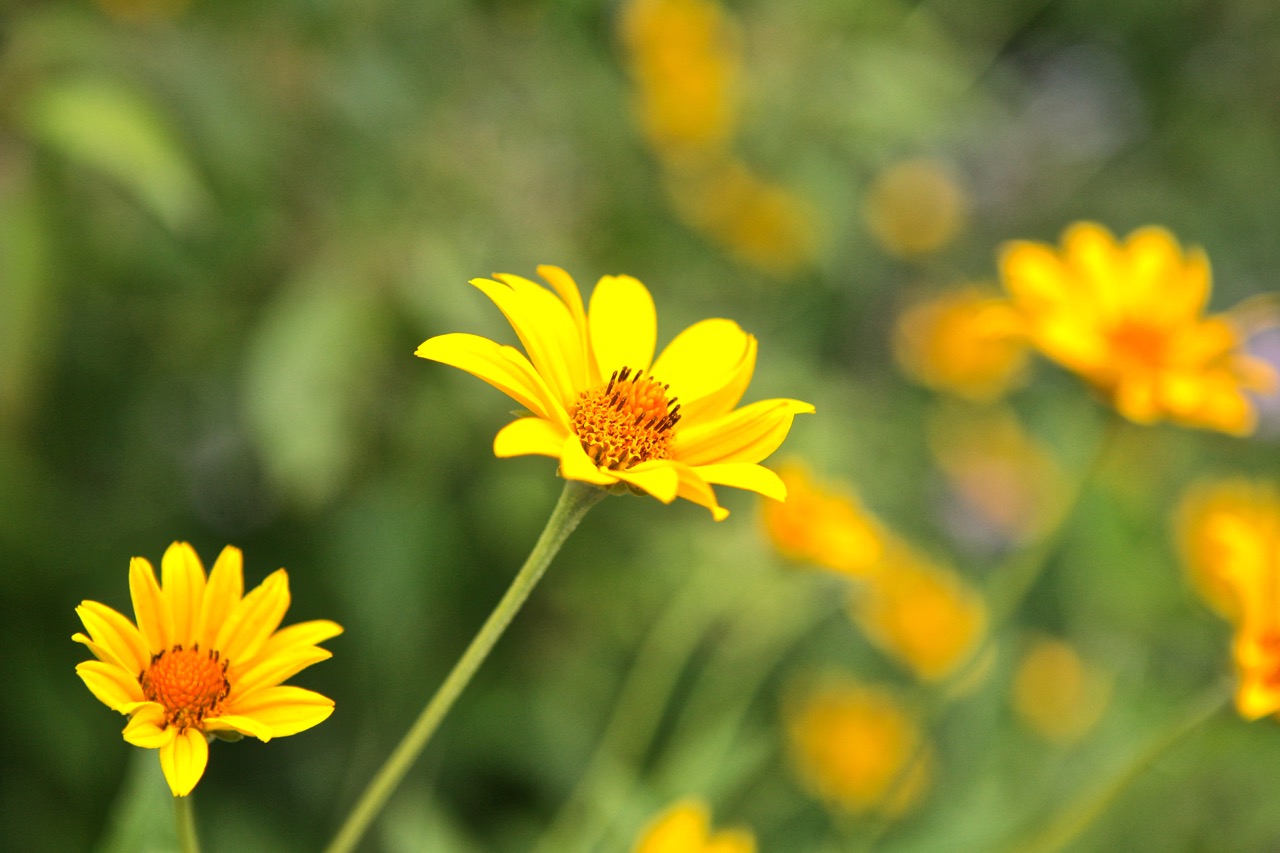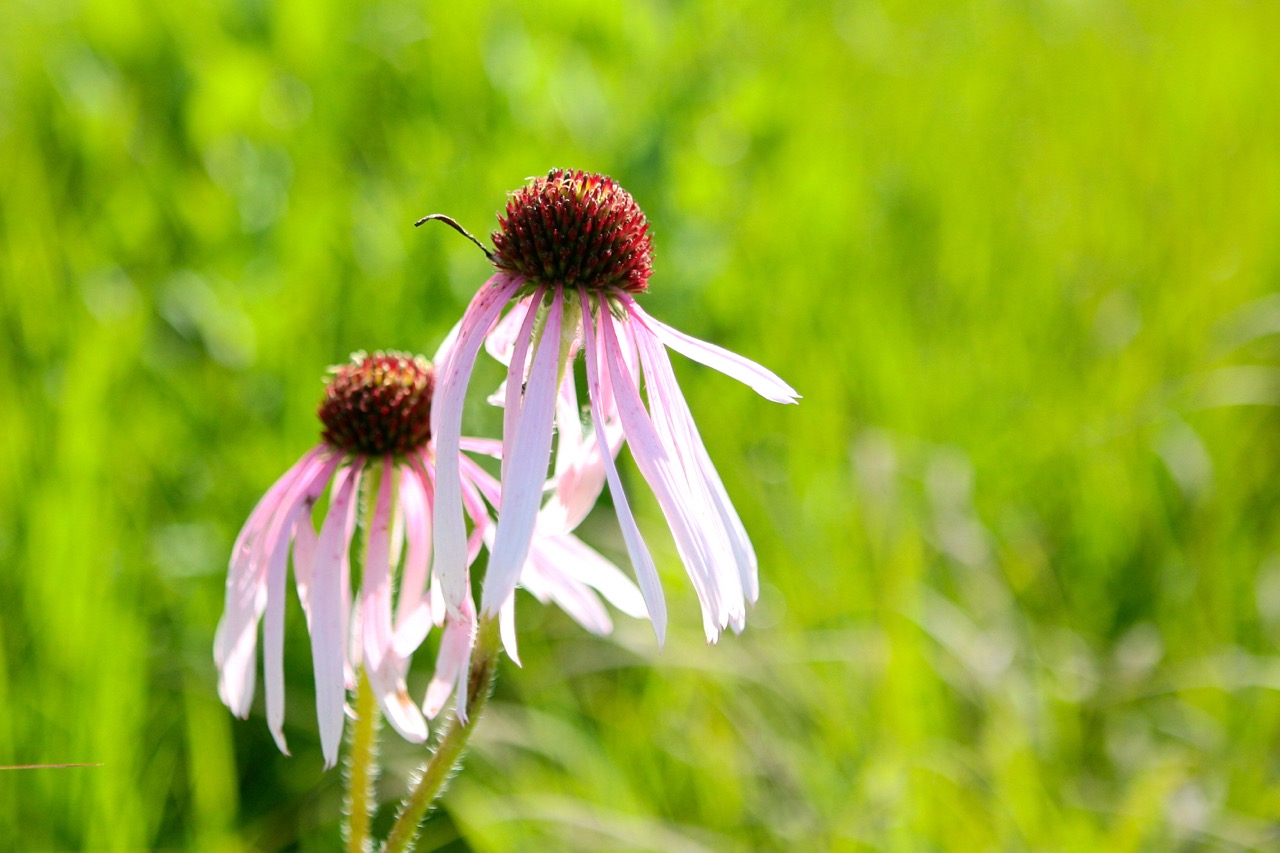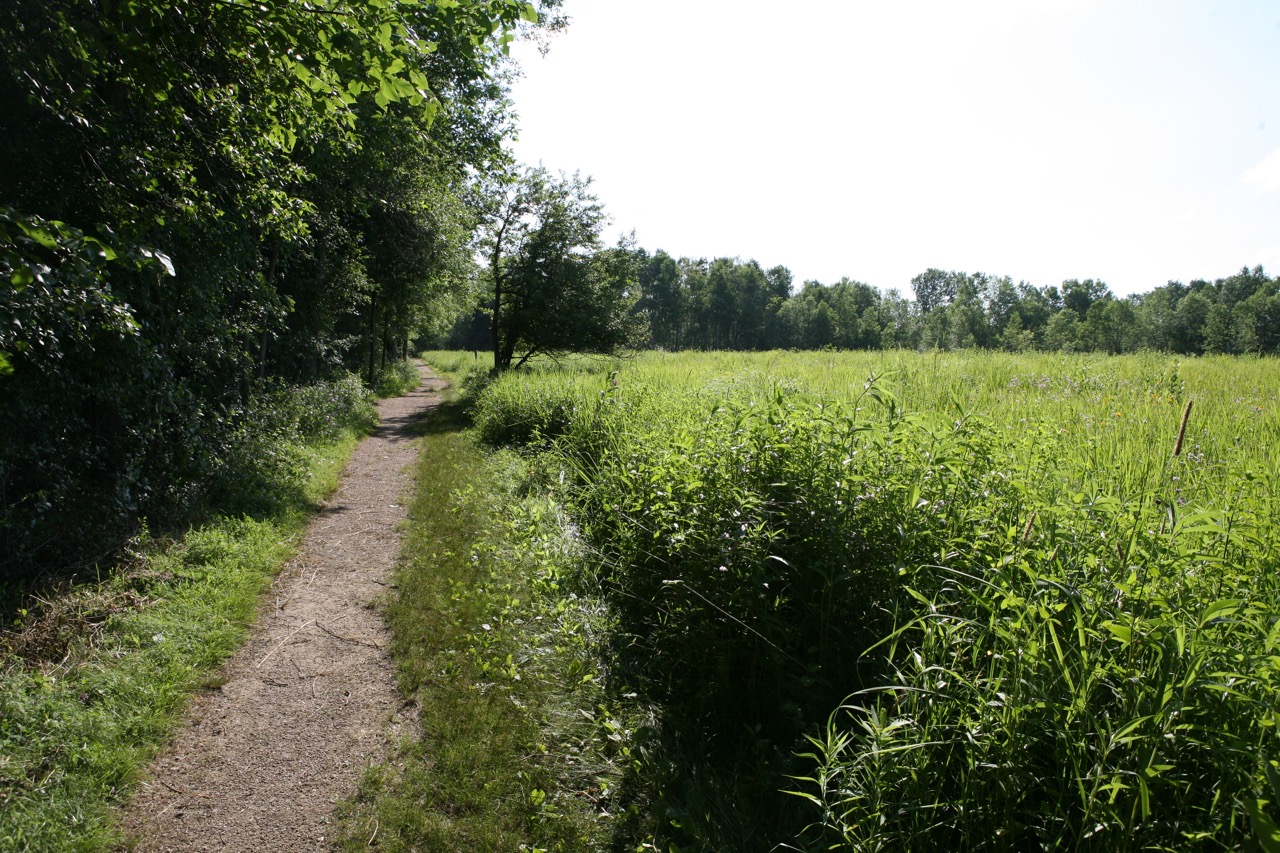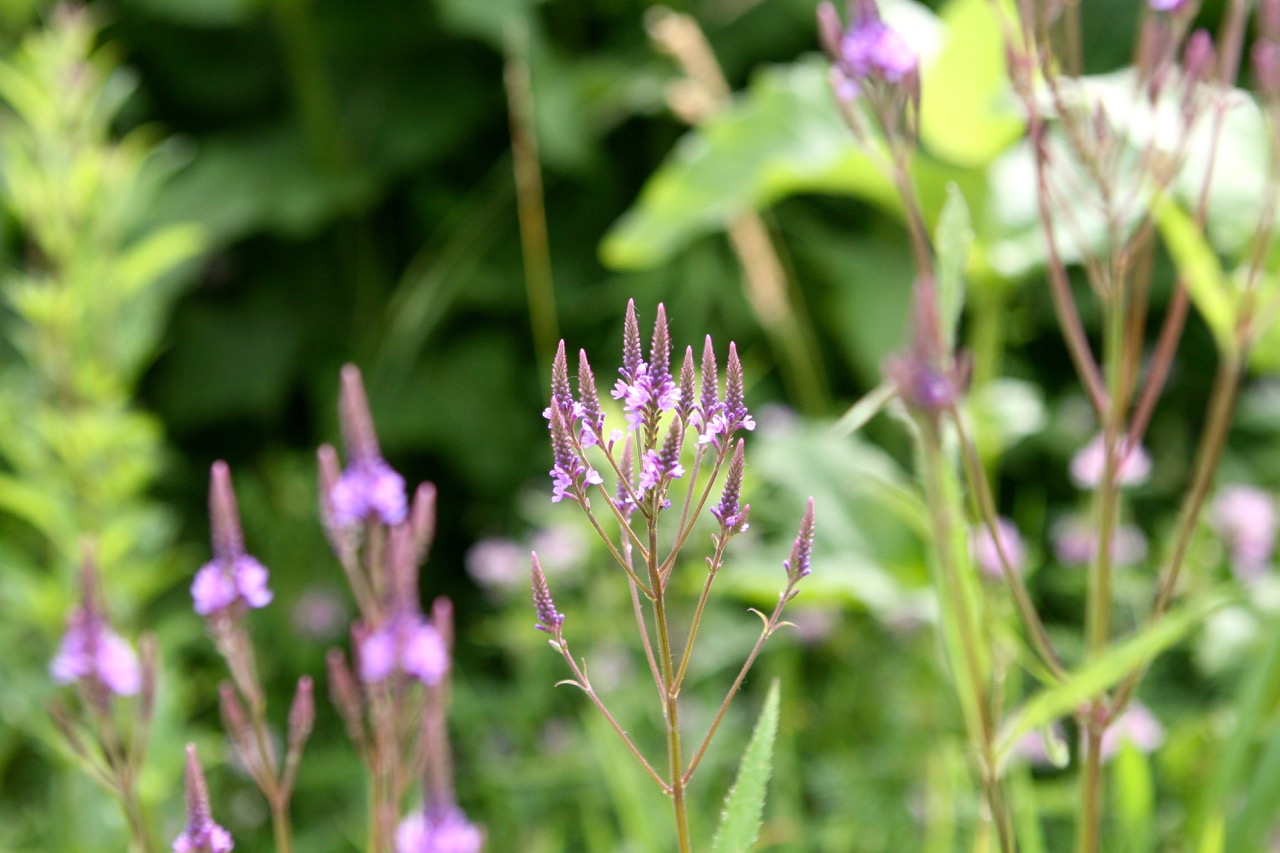Bernard McMahon was an Irishman who settled in Pennsylvania and dedicated himself to advancing a distinctly American-style of horticulture. He was the first to advocate for the beauty and value of native American plants that were looked upon by European settlers as weeds.
While running a 20-acre nursery and botanic garden in Philadelphia, he was also Thomas Jefferson’s gardening mentor, worked as plant curator to the Lewis and Clark expedition, and compiled the first American seed catalog.
In 1806 he wrote the American Gardener's Calendar, the first American garden book. It was modeled on the European garden writing tradition popular at the time. Sections cover the kitchen garden, orchard, vineyard, pleasure ground, and flower garden. Although the book was panned by British critics, it became a huge success. It enjoyed 11 editions over the next 50 years and made McMahon famous.
McMahon thought of the United States as a, “country which has not yet made … [that] rapid progress in Gardening, ornamental planting, and fanciful rural designs, which might naturally be expected from an intelligent, happy, and independent people, possessed so universally of landed property, unoppressed by taxation…, and blessed with consequent comfort and affluence.” But he believed that this country would welcome his book: after his nearly thirty years of “practical…and extensive experience,” he had tried to make this book “useful in every State of the Union; … it is hoped that this will be found to be the most useful and valuable Gardener’s Calendar hitherto published in any country, but more particularly so to the citizens of the United States…”
My favorite passage in McMahon’s book must have been radical at the time. He wrote, "Is it because [native plants] are indigenous that we should reject them? What can be more beautiful than our Lobelias, Asclepias, Orchis, and Asters? In Europe plants are not rejected because they are indigenous; and yet here [in America], we cultivate many foreign trifles, and neglect the profusion of beauties so bountifully bestowed upon us by the hand of nature."
In 1857 John Jay Smith, editor of the Horticulturist, wrote, “Bernard McMahon ... sought the American shores from political motives.... He found American gardening in its infancy, and immediately set himself vigorously to work to introduce a love of flowers and fruit. … His store was in Second Street. …[with] its bulk window, ornamented with tulip glasses, a large pumpkin, and a basket or two of bulbous roots; … Mr. M’Mahon was … much in the store, putting up seeds for transmission to all parts of the country and Europe, writing his book, or attending to his correspondence. Such a store would naturally attract the botanist as well as the gardener, and it was the frequent lounge of both classes, who ever found in the proprietors ready listeners as well as conversers.”
In memory of McMahon I went out to Bubolz Nature Preserve in Appleton, Wisconsin to see what kind of inspiration I could find. This 775-acre preserve includes pine forests, streams, and wetlands. On this trip I followed the Four Seasons Trail straight for one of the stunning meadows in search of the native beauties that McMahon wrote about. I was amply rewarded with purple coneflower, black-eyed susan, blazing star, giant coreopsis, butterfly weed, milkweed, spiderwort, and more. He would have loved it.
McMahon passed away on Sept 18, 1816.
Bubolz Nature Preserve is open from dawn to dusk. Don't miss their annual “Romp in the Autumn Swamp” takes place on October 24.



